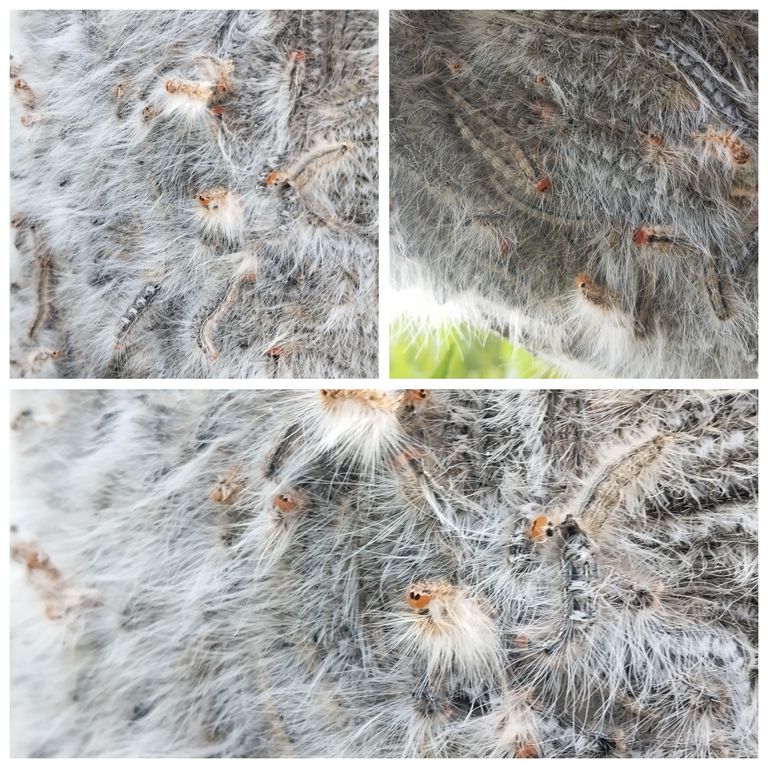
Understanding the Types of Burns.
First-Degree Burns These are superficial burns that only affect the outer layer of skin (epidermis). They may cause redness, swelling, and mild pain. Second-Degree Burns These burns affect the epidermis and part of the dermis (the layer underneath). They may result in red or blistered skin and can be more painful.
Third-Degree Burns These burns penetrate the full thickness of the skin, reaching deeper tissues. The skin may look white, charred, or leathery, and there may be less pain due to nerve damage. Fourth-Degree Burns These burns extend beyond the skin into underlying fat, muscle, and even bone. These are medical emergencies that require immediate care.
- Immediate Steps to Take for Burns
First-Degree Burns
Cool the Burn: Place the burned area under cool (not cold) running water for at least 10-15 minutes. This helps reduce heat and soothe the pain.
Apply a Cold Compress: If you don’t have access to running water, use a clean, cold, damp cloth on the burn.
Avoid Ice: Ice can worsen the damage. Use cool water or a cold compress instead.
Moisturize and Protect: Apply aloe vera gel or a mild, unscented moisturizer. Avoid butter or oils as they may trap heat in the skin.
Pain Relief: Take an over-the-counter pain reliever, such as ibuprofen or acetaminophen, to help reduce pain and inflammation.
Monitor: Keep an eye on the burn. If it gets worse or shows signs of infection, consult a doctor.
Second-Degree Burns
Cool the Burn: Run the burn under cool water for at least 15 minutes.
Do Not Break Blisters: Blisters help protect the underlying skin. Popping them can lead to infection.
Cover with a Non-Stick Bandage: After cooling, cover the burn with a sterile, non-stick bandage to protect the area.
Apply Ointment: Use antibiotic ointments, but avoid anything greasy or scented.
Pain Management: Take over-the-counter pain medication, as second-degree burns can be quite painful. Seek Medical Attention: For burns covering a large area or burns on sensitive parts (face, hands, feet, genitals), seek professional medical care.
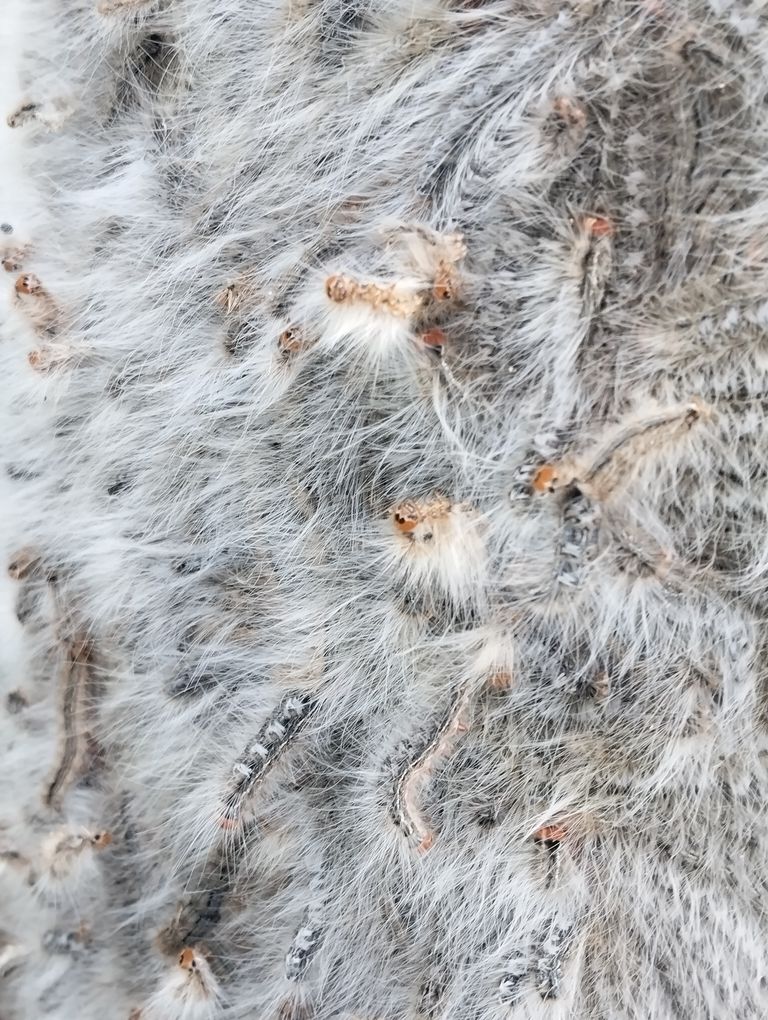
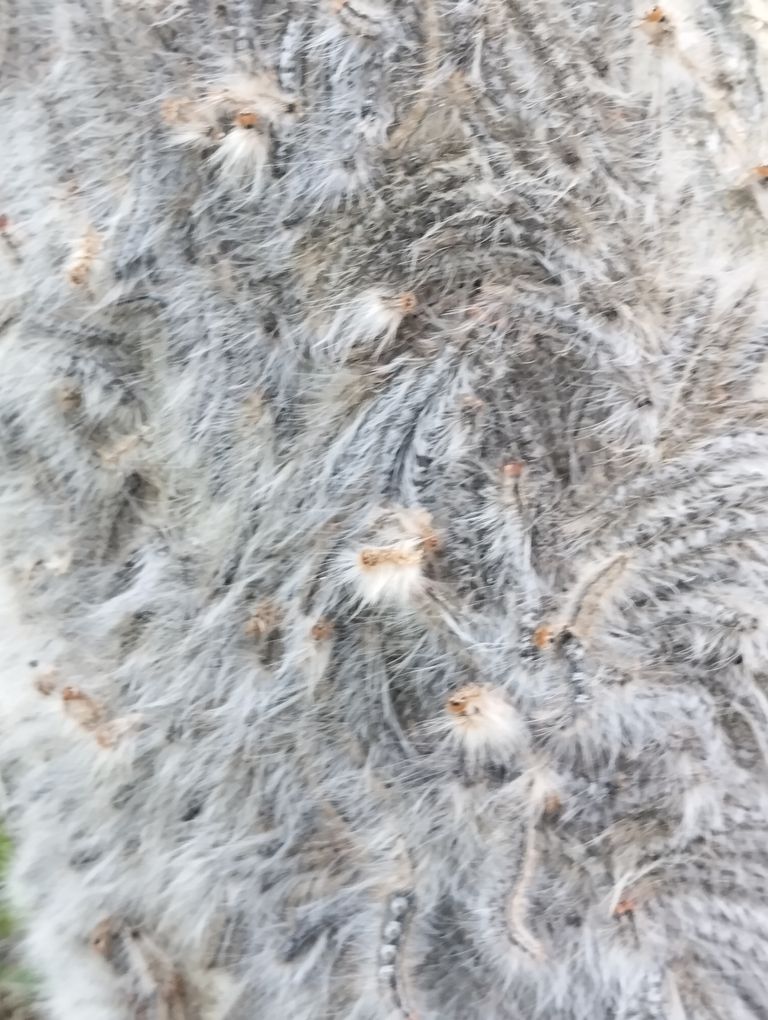
Third- and Fourth-Degree Burns
Do Not Self-Treat: Third- and fourth-degree burns require immediate medical attention.
Call Emergency Services: Get medical help as soon as possible.
Cover the Burn: Cover the area with a clean, dry cloth or sterile gauze. Avoid any ointments or creams.
Check Vital Signs: If the person is unresponsive, monitor breathing and pulse until medical help arrives. Perform CPR if necessary and you’re trained to do so.
Keep Warm: Third- and fourth-degree burns can cause a person to lose body heat. Cover them with a blanket to keep them warm, but avoid covering the burn itself too tightly.
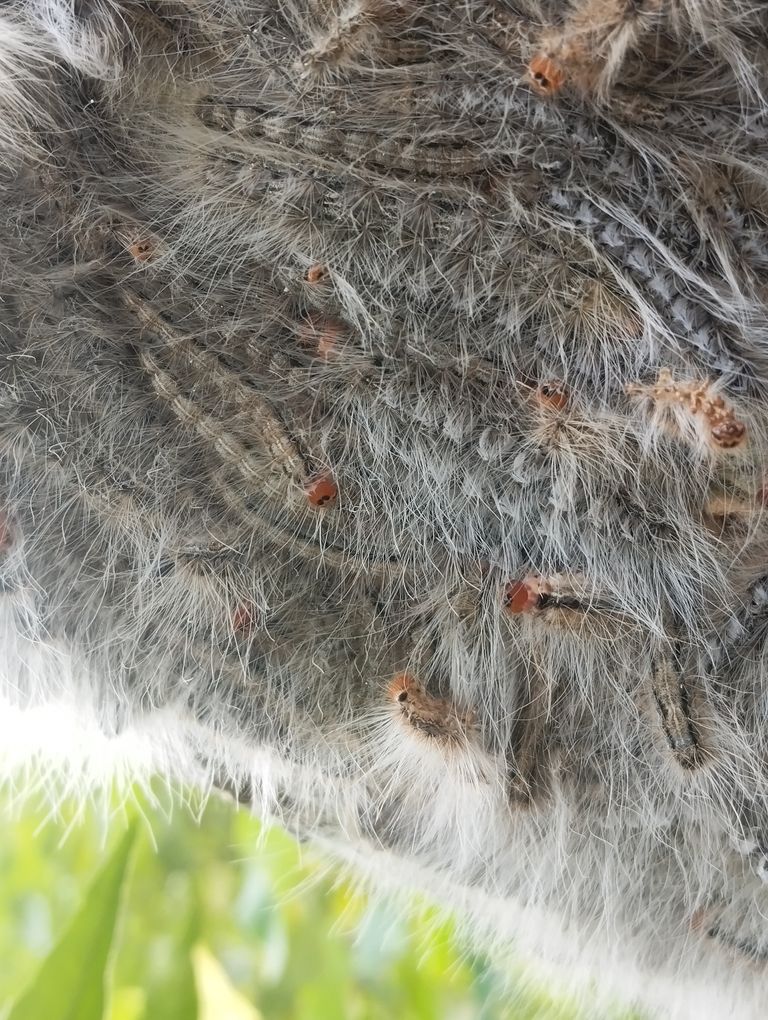
- Preventing Burn Infections
Clean the Burn Gently: Use mild soap and cool water. Avoid scrubbing or using strong chemicals.
Use Sterile Dressings: Change dressings daily or as recommended. Use sterile gauze to avoid introducing bacteria.
Watch for Signs of Infection: These include increased pain, redness, swelling, pus, or a foul odor. If any of these symptoms appear, see a doctor immediately.
- Home Remedies and Myths
There are many myths about treating burns. Here’s what to avoid:
Avoid Using Butter, Oil, or Toothpaste: These can trap heat and worsen the burn.
Do Not Pop Blisters: Blisters are the body’s natural way of protecting the burned area. Popping them can lead to infection.
Avoid Strong Topicals: Some people use vinegar or mustard on burns, but these can irritate the skin further.
Safe Remedies:
Aloe Vera: Known for its soothing and healing properties, aloe vera gel is an effective treatment for minor burns.
Honey: Some studies suggest that honey may help heal burns by acting as a natural antiseptic. Apply it gently to clean skin.
- When to Seek Medical Help
If the burn is larger than 3 inches in diameter or covers sensitive areas.
If there are signs of infection (pus, fever, increased pain).
For third- or fourth-degree burns or any burns caused by chemicals or electricity.
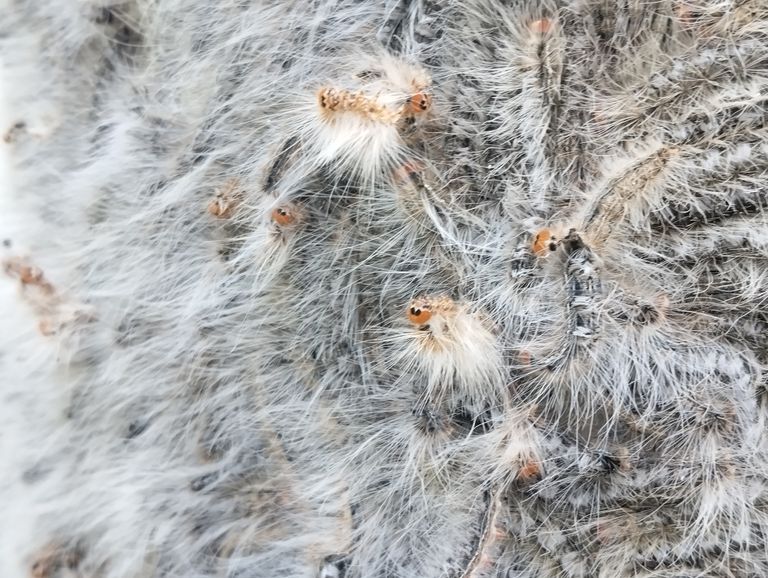
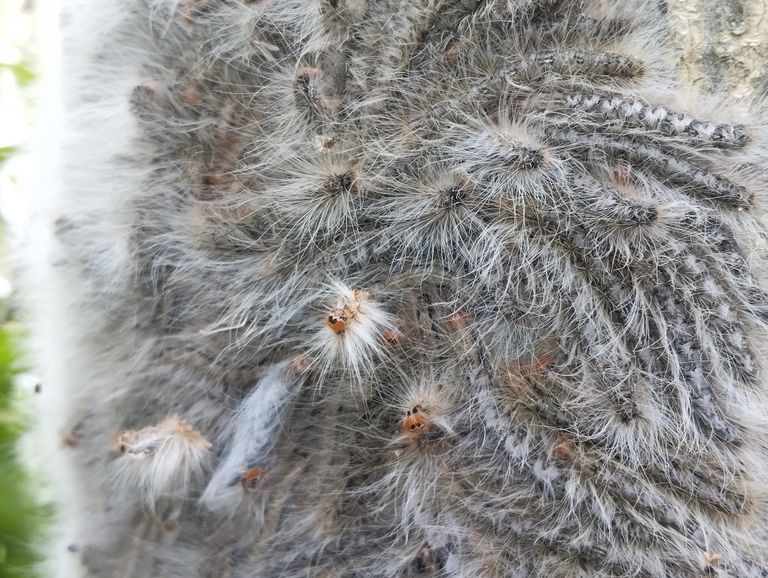
- Conclusion
Burns are common injuries, but knowing how to treat them can prevent complications and speed up recovery. For minor burns, first-aid techniques such as cooling the burn and applying an appropriate dressing can be effective. However, always seek professional medical advice for more severe burns. Properly treating a burn can make a big difference in recovery time and reduce the risk of infection